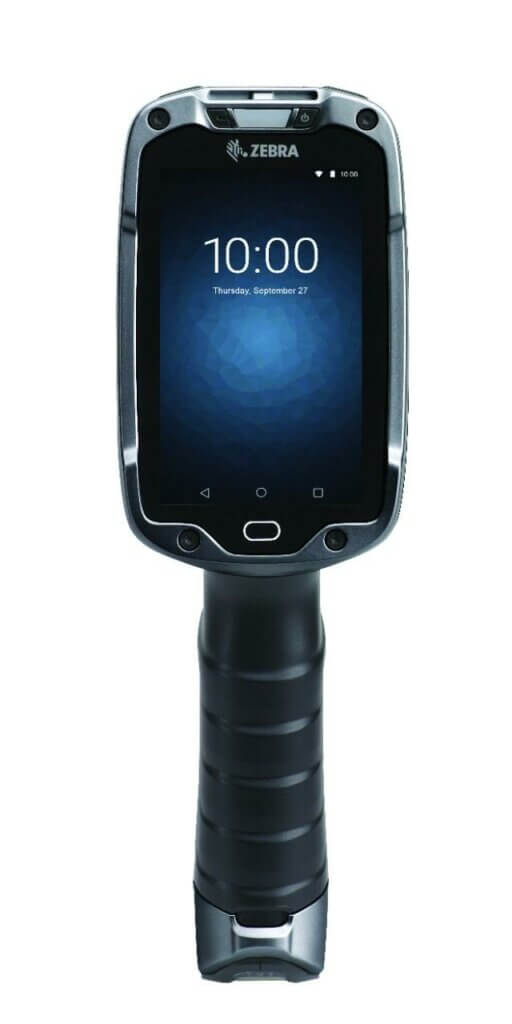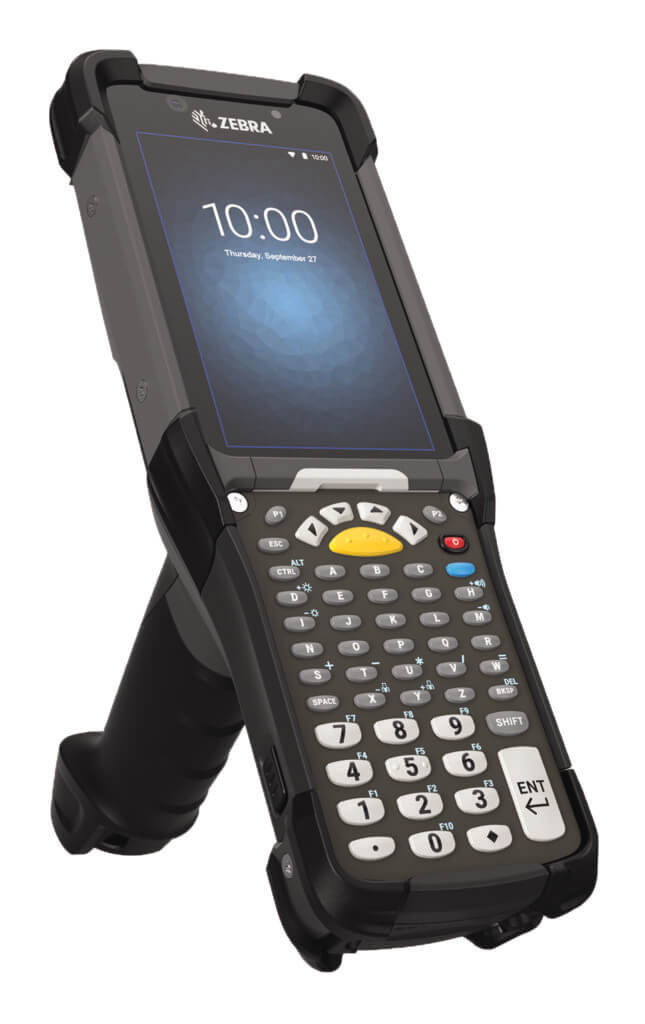
For some of you, another lecture about Android migration is beating a dead horse. We have already helped dozens of customers migrate their legacy mobile scanning terminals from legacy Windows Mobile to Android. Usually, the change is straightforward. The newer Android hardware is lighter, smarter, and has better battery life and screen clarity than the older hardware. Also, the tools Zebra has developed for Android have made it the superior operating system. The change can be easy if you run a browser application or terminal emulation. But if your application is a thick one running on the device itself, some work needs to be done.
To keypad or not to keypad will probably be the hardest decision. Many new hardware options use soft keypads on the screen instead of a larger actual keypad. The devices with a physical keypad are still available, but if you are making this big of a change already, you might as well think about the necessity of a physical keypad. Customizable software keyboards may make needing an actual hard keypad unnecessary. Also, modernization tools can take your old TE screens and create a touchscreen-based front end that will not require physical keypads. Either way, this change opens up some options for you to explore.

Many of our customers have taken advantage of this technology change to implement an MDM software package such as SOTI MobiControl to make managing the new devices easier. Many have chosen this route since Android requires more updates than legacy Windows Mobile. With these more frequent OS updates also come more application updates. What used to occur every few years now happens several times a year. Managing these much more frequent updates is a snap with a good MDM.
Our team is experienced and ready to help regardless of your specific situation with Android migration. Let us know if we can make your OS migration a painless one.